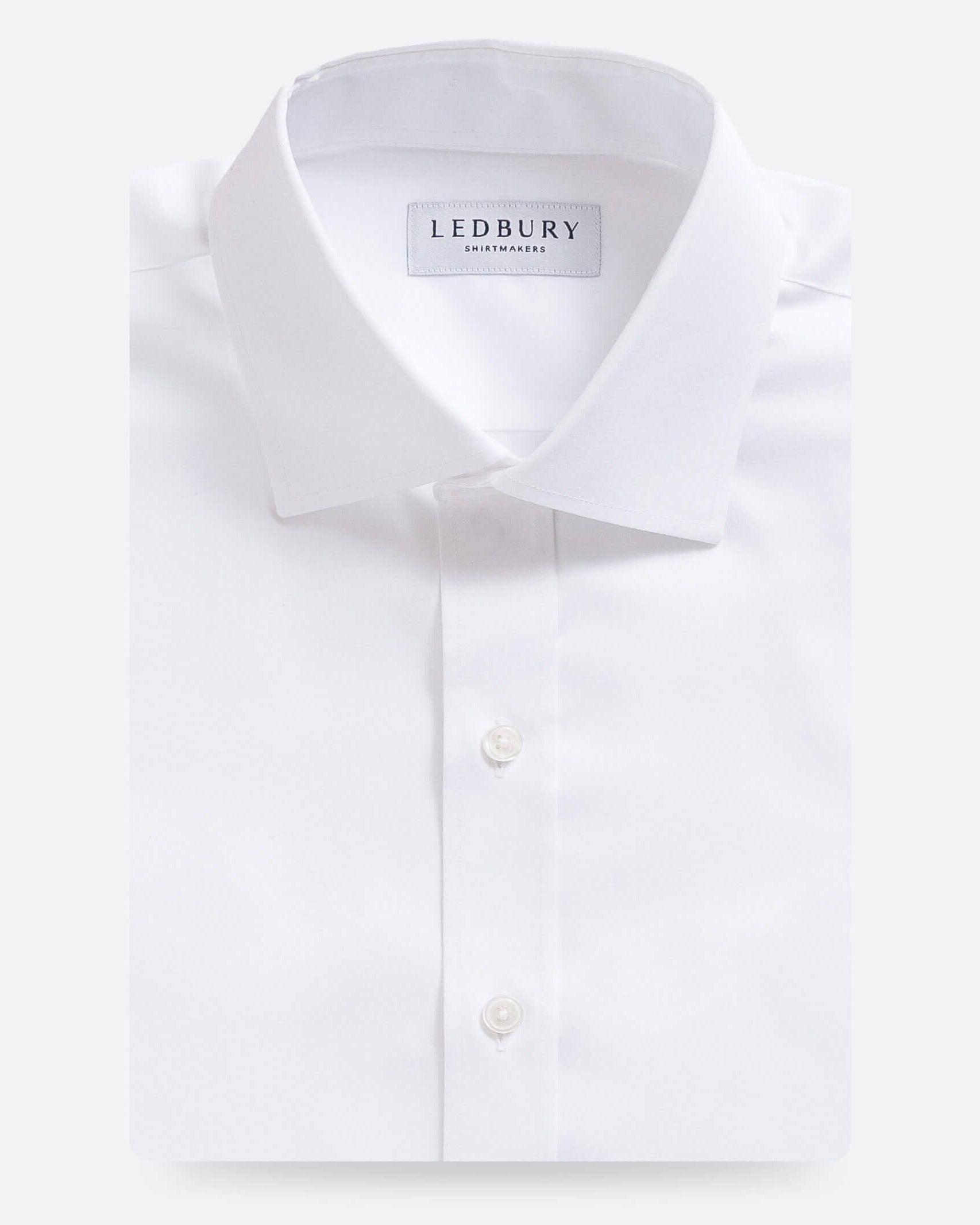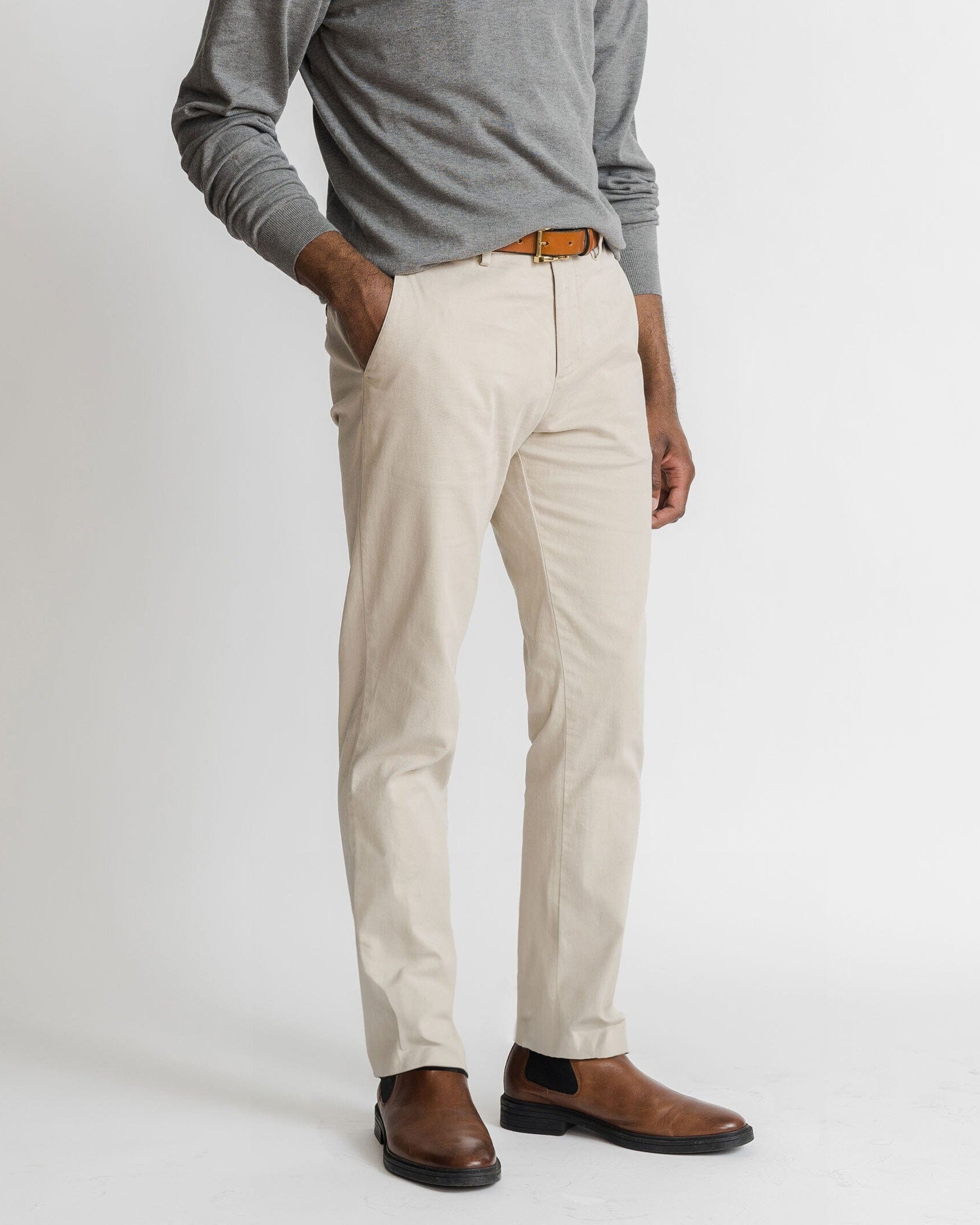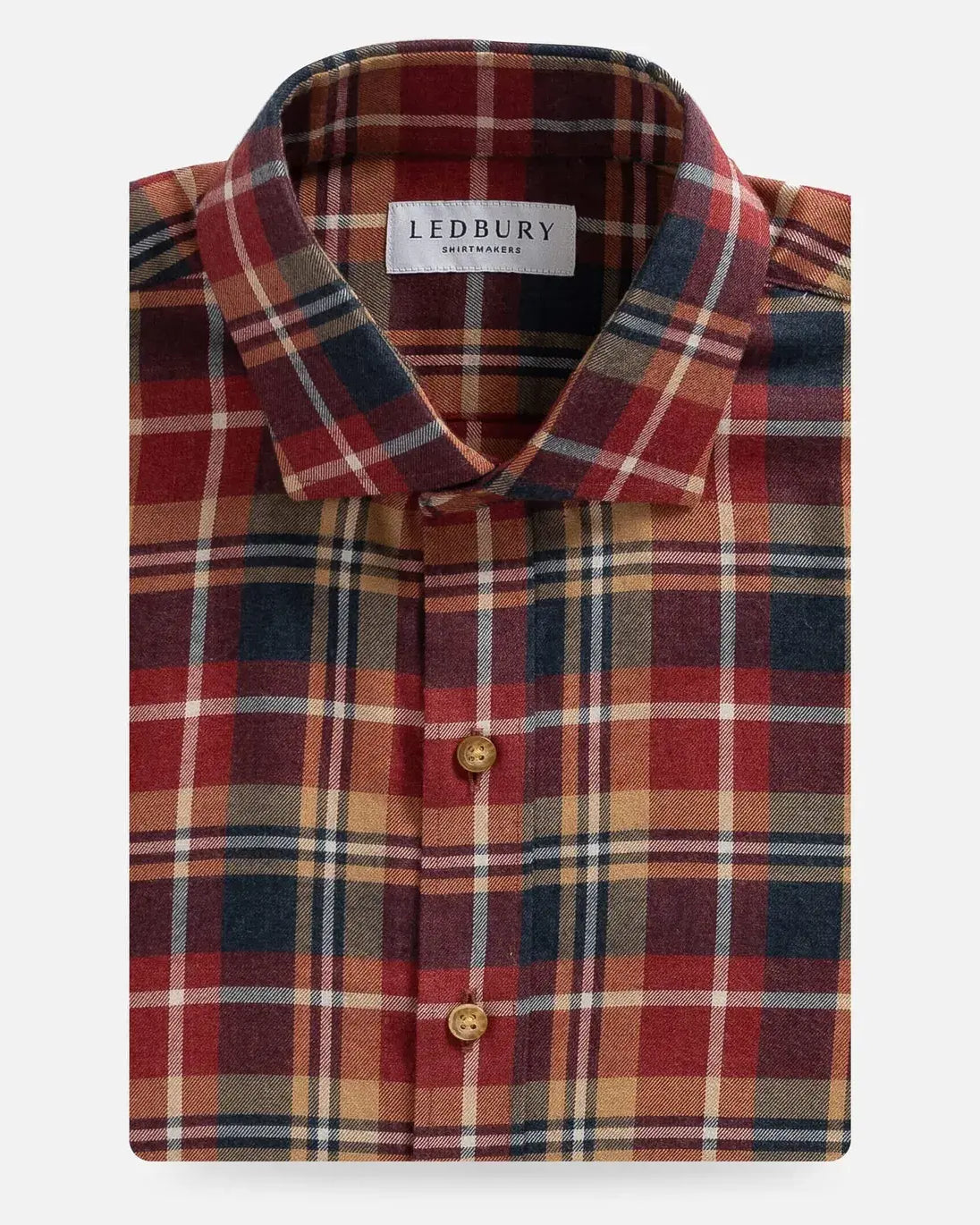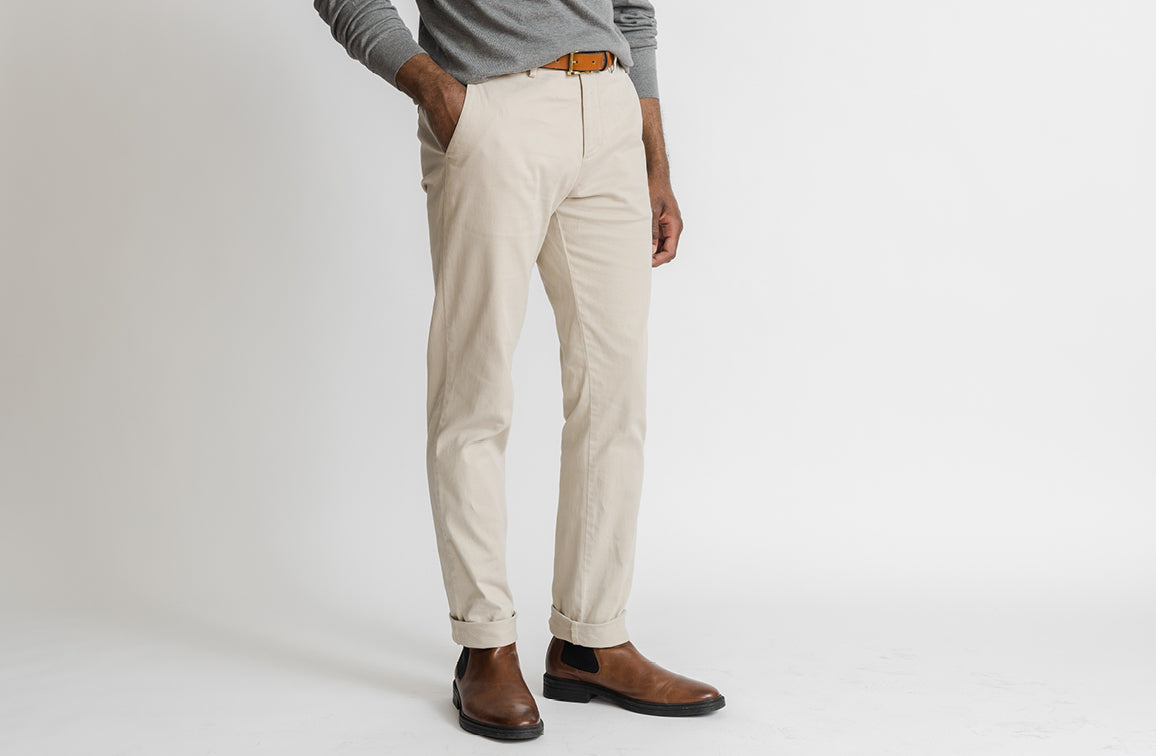






 Owning the best home stereo system in your circle of friends deserves bragging rights. If this superlative is something you’re going for, we suggest contacting Tim Stinson. What sounds fine to the common person when listening to music through an average home stereo probably sounds like nails on chalkboard for Tim. He has a sharp ear and is a true audiophile in every sense of the word. We were first introduced to Tim through his engineering work on Fern & Roby’s Beam Speakers. When he’s not figuring out a way to make the most aesthetically pleasing looking speakers sound equally as impressive, he’s serving as co-owner of Sound + Image Design, a company specializing in high-end custom audio system installations. We recently gathered a stack of records and headed over to Tim's office to listen to some music, talk favorite albums, and pick up a few pointers on setting up our home stereo systems.
Do you remember the moment when this life long passion with high-fidelity audio sparked?
I got into this as a hobby when I was 13 years old. When my friend’s dad would upgrade to new products for his home stereo system, my friend would get the hand-me-downs. One day I walked into my friend’s room and he was playing Tom Petty’s Damn the Torpedoes, which was brand new at the time. I remember he played “Refuge” on his Technics turntable and it just blew my mind because I had never heard anything like that before. I was hooked on audio from that moment on.
So, that’s when you became hooked. How’d you transition your passion from a hobby and into a business?
For the rest of the time that I was a teenager, all my money went to buying better stereo equipment. Right before the winter break before I went to college, I was offered a job at a stereo store. I stayed there for over a decade and eventually became a manager and partner. When the Internet came along, that kind of killed the bricks-and-mortar aspect of the business. Around 1999, I received a lot of phone calls from stereo manufacturers who couldn’t find a dealer because many of the stereo and audio stores were going out of business. They told me that there was still a market in Richmond and suggested that I sell equipment out of my personal listening room. I did, and over time, that eventually blossomed into a business that I started in 2002 that primarily focuses on the custom installation of high-end multi-room audio systems, home theaters, media rooms and smart home technology.
Was the stereo store where you gained your knowledge of equipment and developed your taste?
Very little of what I formally learned in school conveys to what I do now for a living. It was more about keeping an open ear and listening to the guys who were older and in the business longer than me. I’m nearing my 50s, so I’m not old but far from young. When it comes to old school audiophiles, they don’t come much younger than me. I’m afraid that this appreciation will eventually die off, but who knows, maybe it will come back with time.
This decline in interest could be a result of the introduction of MP3s. The media format is convenient, but their lack in quality is well known. Despite the MP3s popularity, what attracts you to achieving the best audio experience possible? What continues to make the investments in better equipment worthwhile?
It’s always hearing something new on a record that I’ve never heard before. Every time you make an upgrade to your system – whether it be a set of new interconnect cables, a better speaker or a more revealing pre-amp – you will hear the benefit of sonic improvements. That’s what drives me as an audiophile. Most people don’t realize what they’re compromising with the compression of MP3s; there’s no real sense of depth.
As far as someone building or upgrading their own home system, what does it take?
If a person is just getting their feet wet, it starts with the speaker. You can’t spend enough money on speakers. There are speakers out there for $99, and there are also speakers out there for hundreds-of-thousands of dollars. As much money a potential hobbyist can put into speakers, the better. Nothing is ever going to sound better than the speakers themselves.
Start there and then look into getting an integrated amp – it’s the preamp and the power amp housed inside one box. This will give you the inputs for what you have, whether if it’s a turntable, MP3 player or CD player, and a way to control the volume. The next step would be to separate the integrated amp into a preamp and a power amp. That gives you a better quality because you aren’t asking one power supply to do two jobs.
Then, you can get crazy like me and really start breaking it down by separating the phono stage from the line-stage preamp, and then selecting your own tonearm and cartridge for your turntable. My turntable is from a company named SOTA, the tonearm was made in England by Zeta, and I use a Soundsmith cartridge.
There’s an incredible amount of equipment out there. As far as setting up a really awesome system, what price range are we looking at?
If a person is one a tight budget or really just getting into it, you can get something that sounds better than what most households have for around $1,200. For starters, I can get a client at something that begins to sound really nice for around $3,000. Which would be: $1,000 for the amp, $1,000 for the speakers, and the rest for a turntable, CD player and cables.
With such a great set up, we hope you’re listening to music all the time. What are your top 5 favorite albums?
For personal favorites: Miles Davis’ Kind of Blue, Pink Floyd’s The Wall, The Grateful Dead’s American Beauty, The Allman Brothers Band’s At Fillmore East, and Rush’s Exit&hellips;Stage Left.
If we’re talking about audiophile recordings, it would be a little different. The re-mastered version of Kind of Blue is very good, so I listen to it when I’m critiquing a set of speakers, cables, etc. Eva Cassidy’s Live at Blues Alley is a must have. Jazz at a Pawn Shop, recorded in Sweden in 1977, is spooky good. Diana Krall’s Looking for Something was very well recorded. One that a lot of people may not know, but is popular in the audiophile community, is Anne Bisson’s Blue Mind.
Music has been an important part of your life since you were a teenager. What does the art form mean to you?
Music is the second most important non-utility aspect of my life, family being the first. It helps me to create and design during the day, and to relax and “normalize” at night. Music not only is my livelihood but a passion and my favorite hobby by a long shot.
Owning the best home stereo system in your circle of friends deserves bragging rights. If this superlative is something you’re going for, we suggest contacting Tim Stinson. What sounds fine to the common person when listening to music through an average home stereo probably sounds like nails on chalkboard for Tim. He has a sharp ear and is a true audiophile in every sense of the word. We were first introduced to Tim through his engineering work on Fern & Roby’s Beam Speakers. When he’s not figuring out a way to make the most aesthetically pleasing looking speakers sound equally as impressive, he’s serving as co-owner of Sound + Image Design, a company specializing in high-end custom audio system installations. We recently gathered a stack of records and headed over to Tim's office to listen to some music, talk favorite albums, and pick up a few pointers on setting up our home stereo systems.
Do you remember the moment when this life long passion with high-fidelity audio sparked?
I got into this as a hobby when I was 13 years old. When my friend’s dad would upgrade to new products for his home stereo system, my friend would get the hand-me-downs. One day I walked into my friend’s room and he was playing Tom Petty’s Damn the Torpedoes, which was brand new at the time. I remember he played “Refuge” on his Technics turntable and it just blew my mind because I had never heard anything like that before. I was hooked on audio from that moment on.
So, that’s when you became hooked. How’d you transition your passion from a hobby and into a business?
For the rest of the time that I was a teenager, all my money went to buying better stereo equipment. Right before the winter break before I went to college, I was offered a job at a stereo store. I stayed there for over a decade and eventually became a manager and partner. When the Internet came along, that kind of killed the bricks-and-mortar aspect of the business. Around 1999, I received a lot of phone calls from stereo manufacturers who couldn’t find a dealer because many of the stereo and audio stores were going out of business. They told me that there was still a market in Richmond and suggested that I sell equipment out of my personal listening room. I did, and over time, that eventually blossomed into a business that I started in 2002 that primarily focuses on the custom installation of high-end multi-room audio systems, home theaters, media rooms and smart home technology.
Was the stereo store where you gained your knowledge of equipment and developed your taste?
Very little of what I formally learned in school conveys to what I do now for a living. It was more about keeping an open ear and listening to the guys who were older and in the business longer than me. I’m nearing my 50s, so I’m not old but far from young. When it comes to old school audiophiles, they don’t come much younger than me. I’m afraid that this appreciation will eventually die off, but who knows, maybe it will come back with time.
This decline in interest could be a result of the introduction of MP3s. The media format is convenient, but their lack in quality is well known. Despite the MP3s popularity, what attracts you to achieving the best audio experience possible? What continues to make the investments in better equipment worthwhile?
It’s always hearing something new on a record that I’ve never heard before. Every time you make an upgrade to your system – whether it be a set of new interconnect cables, a better speaker or a more revealing pre-amp – you will hear the benefit of sonic improvements. That’s what drives me as an audiophile. Most people don’t realize what they’re compromising with the compression of MP3s; there’s no real sense of depth.
As far as someone building or upgrading their own home system, what does it take?
If a person is just getting their feet wet, it starts with the speaker. You can’t spend enough money on speakers. There are speakers out there for $99, and there are also speakers out there for hundreds-of-thousands of dollars. As much money a potential hobbyist can put into speakers, the better. Nothing is ever going to sound better than the speakers themselves.
Start there and then look into getting an integrated amp – it’s the preamp and the power amp housed inside one box. This will give you the inputs for what you have, whether if it’s a turntable, MP3 player or CD player, and a way to control the volume. The next step would be to separate the integrated amp into a preamp and a power amp. That gives you a better quality because you aren’t asking one power supply to do two jobs.
Then, you can get crazy like me and really start breaking it down by separating the phono stage from the line-stage preamp, and then selecting your own tonearm and cartridge for your turntable. My turntable is from a company named SOTA, the tonearm was made in England by Zeta, and I use a Soundsmith cartridge.
There’s an incredible amount of equipment out there. As far as setting up a really awesome system, what price range are we looking at?
If a person is one a tight budget or really just getting into it, you can get something that sounds better than what most households have for around $1,200. For starters, I can get a client at something that begins to sound really nice for around $3,000. Which would be: $1,000 for the amp, $1,000 for the speakers, and the rest for a turntable, CD player and cables.
With such a great set up, we hope you’re listening to music all the time. What are your top 5 favorite albums?
For personal favorites: Miles Davis’ Kind of Blue, Pink Floyd’s The Wall, The Grateful Dead’s American Beauty, The Allman Brothers Band’s At Fillmore East, and Rush’s Exit&hellips;Stage Left.
If we’re talking about audiophile recordings, it would be a little different. The re-mastered version of Kind of Blue is very good, so I listen to it when I’m critiquing a set of speakers, cables, etc. Eva Cassidy’s Live at Blues Alley is a must have. Jazz at a Pawn Shop, recorded in Sweden in 1977, is spooky good. Diana Krall’s Looking for Something was very well recorded. One that a lot of people may not know, but is popular in the audiophile community, is Anne Bisson’s Blue Mind.
Music has been an important part of your life since you were a teenager. What does the art form mean to you?
Music is the second most important non-utility aspect of my life, family being the first. It helps me to create and design during the day, and to relax and “normalize” at night. Music not only is my livelihood but a passion and my favorite hobby by a long shot.
Tim Stinson is co-owner of Sound + Image Design and owner of Luminous Audio Technology, a manufacturer of high-end audio cables and components.











